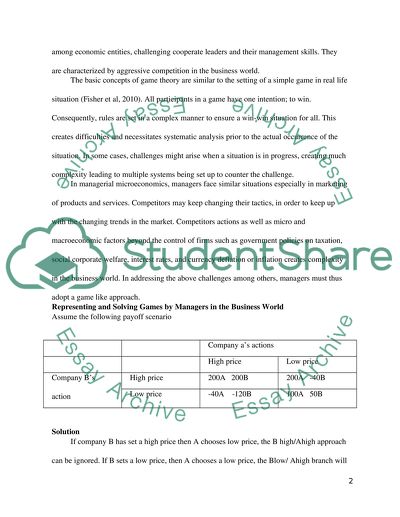Cite this document
(“Behavioral economics & game theory in managerial microeconomics Research Paper”, n.d.)
Retrieved from https://studentshare.org/macro-microeconomics/1402846-behavioral-economics-game-theory-in-managerial
Retrieved from https://studentshare.org/macro-microeconomics/1402846-behavioral-economics-game-theory-in-managerial
(Behavioral Economics & Game Theory in Managerial Microeconomics Research Paper)
https://studentshare.org/macro-microeconomics/1402846-behavioral-economics-game-theory-in-managerial.
https://studentshare.org/macro-microeconomics/1402846-behavioral-economics-game-theory-in-managerial.
“Behavioral Economics & Game Theory in Managerial Microeconomics Research Paper”, n.d. https://studentshare.org/macro-microeconomics/1402846-behavioral-economics-game-theory-in-managerial.


